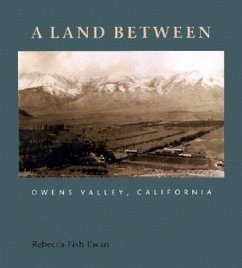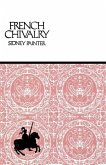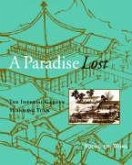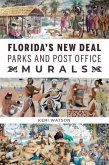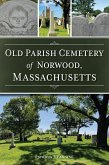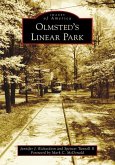"Owens Valley is a land between, a place tucked behind high mountains, arid yet soaked in water history, draped in desert vegetation yet remembered for its verdant farms, sparsely dotted with towns--some no more than dreams on a map. It exists between stories, between vitality and decline, between granite mountains."--from the Introduction A unique landscape history, A Land Between explores the central idea of how people's preconceptions and perceptions of a place--in this case, Owens Valley--influence their interventions on the land. Rebecca Fish Ewan draws on primary sources, oral histories, and conversations, offering a story that reaches beyond the oft-told tale of water wars with Los Angeles. Ewan's gentle and poetic essays, illustrated with historical images and her own photographs of the region, provide a complex, multifaceted perspective on the land, the history, and the people of Owens Valley. Beginning with the land itself, the book's introduction describes the physical setting of Owens Valley and examines first impressions of the land--including accounts from Numu myth, observations by nineteenth-century settlers, and excerpts from the author's journal of her own travels on horseback from the valley into the Sierra Nevada. The first essay explores the valley's natural history, focusing on the water, mountains, and plants to show a connection between the ecology of place and human use. The second essay chronicles the major periods of human occupation, beginning with the Numu (also referred to as Owens Valley Paiute in many sources) and ending in 1913, when the Department of Water and Power first diverted Owens River into the Los Angeles aqueduct. The third essayconsiders the valley after the diversion of water, from 1913 to the present--including its use as a World War II Japanese internment camp and as a scenic locale for movies, especially westerns. Owens Valley is renowned for its unique topography and its striking contrasts in elevati
Bitte wählen Sie Ihr Anliegen aus.
Rechnungen
Retourenschein anfordern
Bestellstatus
Storno

